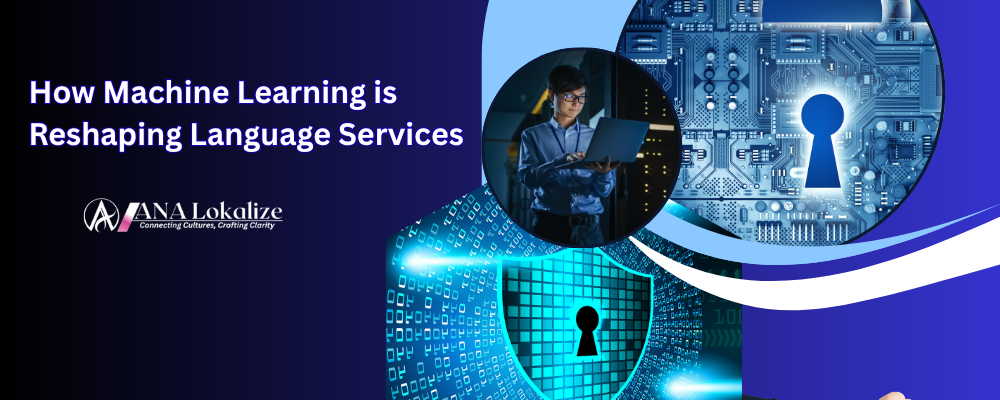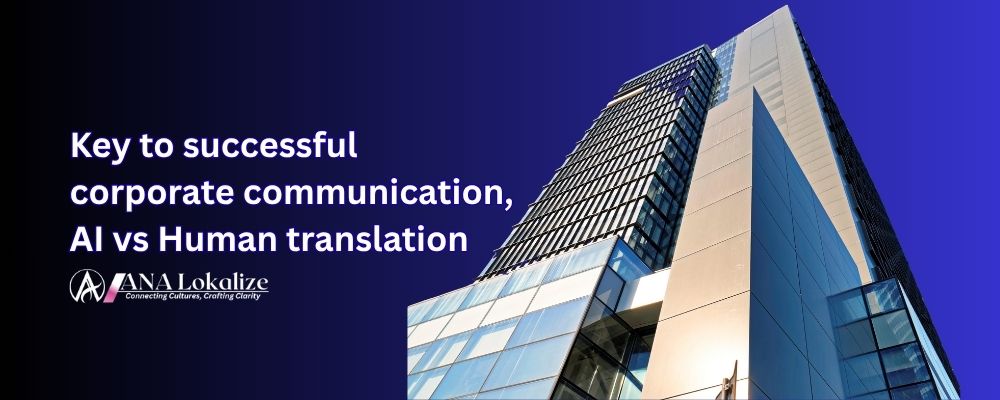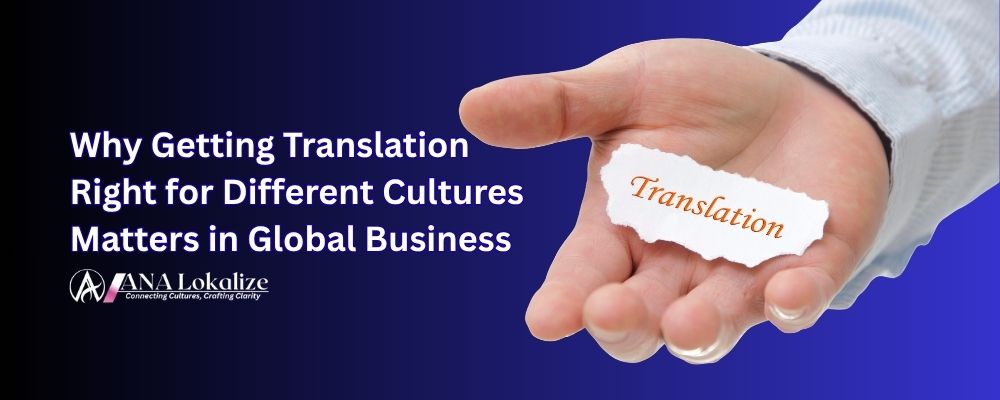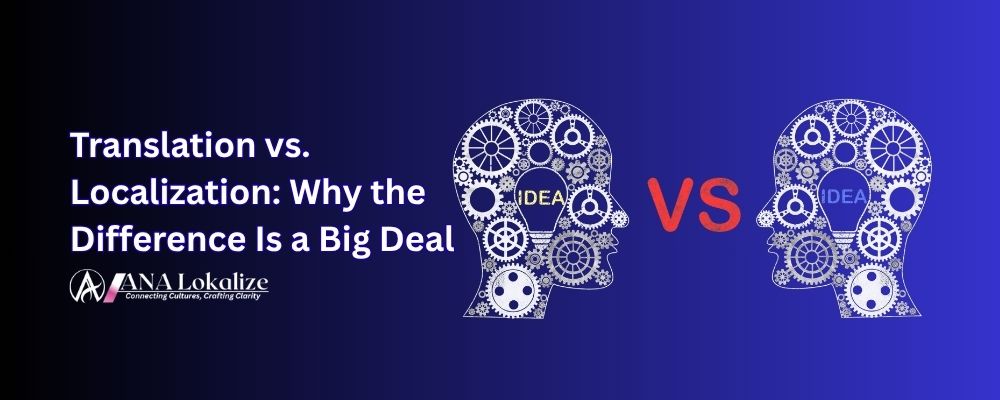How Machine Learning is Reshaping Language Services

How Machine Learning is Reshaping Language Services
The world of language services is undergoing a profound transformation. Traditional translation methods, which relied solely on human expertise, are now being augmented — and in some cases accelerated — by machine learning (ML) and artificial intelligence (AI). As global businesses expand and communication crosses more linguistic boundaries than ever before, machine learning is emerging as a vital tool to deliver faster, more accurate, and contextually aware translations. This revolution is not just changing the way we translate words; it is reshaping the entire landscape of language services.
Machine learning, a branch of AI, allows computers to learn from data, recognize patterns, and improve their performance over time without explicit programming. In language services, ML algorithms analyze large volumes of bilingual or multilingual text, learning nuances of grammar, syntax, and context. Unlike rule-based translation systems, which follow strict linguistic rules, ML-powered tools adapt based on real-world usage, enabling more natural and accurate translations.
These systems are trained using vast datasets that include books, websites, social media content, and technical documents. Over time, they learn to identify idiomatic expressions, cultural references, and even domain-specific terminology. This ability makes machine learning particularly valuable in industries where precision and context are critical, such as legal, medical, and technical translation.
One of the most immediate benefits of machine learning in language services is speed. Traditional human translation, while highly accurate, can be time-consuming and resource-intensive, especially for large volumes of content. ML-powered tools can process thousands of words in minutes, dramatically reducing turnaround times.
For global businesses managing multilingual websites, product manuals, or customer support content, this speed is invaluable. Machine learning systems can provide a first-pass translation that human linguists can then refine, combining efficiency with accuracy. This hybrid approach ensures that translations are both timely and contextually correct.
Accuracy is more than just correct grammar or spelling; it involves capturing the true meaning, tone, and cultural context of the original content. Machine learning models, particularly neural machine translation (NMT) systems, excel at understanding context. Unlike older translation technologies that translated sentence by sentence without considering the overall message, NMT systems analyze entire sentences or paragraphs to preserve meaning.
For example, the same word may have different meanings depending on context. A machine learning system trained on context-rich data can select the appropriate translation automatically, reducing misunderstandings and improving the readability of translated content.
As businesses expand globally, providing a seamless multilingual customer experience has become essential. Machine learning powers tools like chatbots, virtual assistants, and automated customer support systems that communicate naturally with users in their preferred languages. By understanding queries in multiple languages and responding contextually, these AI-driven solutions enhance customer satisfaction and engagement.
Additionally, ML-driven sentiment analysis can help companies adapt their communication style based on customer emotions, making automated interactions feel more personal and culturally sensitive. This capability is a game-changer for global marketing, customer service, and social media management.
Machine learning also has significant cost benefits. Translating large volumes of content using human translators alone can be expensive, especially when multiple languages are involved. ML-powered translation reduces the workload for human translators, allowing them to focus on high-value tasks such as creative content, technical accuracy, and cultural adaptation.
By combining ML efficiency with human oversight, businesses can scale their language services without compromising quality. This approach ensures that multilingual communication remains consistent, accurate, and cost-effective.
Despite its advantages, machine learning in language services is not without challenges. ML systems require large amounts of high-quality data to perform effectively, and poor training data can lead to errors. Moreover, while these systems handle general content well, they may struggle with highly specialized or culturally nuanced material without human intervention.
Ethical considerations also play a role. Automated translations must respect privacy and confidentiality, particularly in legal, medical, or financial contexts. Human oversight remains essential to ensure compliance, accuracy, and cultural sensitivity.
The future of language services is not human versus machine but human plus machine. Machine learning provides speed, scalability, and context-aware translations, while human experts bring creativity, cultural understanding, and quality assurance. This collaborative model leverages the strengths of both, producing translations that are faster, more accurate, and culturally aligned.
The next wave of innovation includes adaptive translation systems that continuously learn from user feedback, cross-lingual content generation, and AI-assisted localization that integrates visuals, audio, and text. As natural language processing (NLP) models become more sophisticated, machine learning will increasingly handle complex tasks such as multilingual SEO, automated subtitling, and voice-enabled communication.
Businesses that embrace these technologies early will gain a competitive edge in global markets, offering faster, more reliable, and culturally attuned communication across languages.
Machine learning is reshaping language services by combining computational power with linguistic intelligence. It enhances speed, accuracy, and context awareness, enabling businesses to communicate effectively with global audiences. While challenges remain, the integration of ML with human expertise ensures high-quality translations that respect cultural nuance and brand integrity.
In an increasingly interconnected world, leveraging machine learning in language services is no longer optional — it is essential. By embracing these technologies, companies can provide seamless multilingual experiences, strengthen international branding, and foster meaningful connections with audiences around the globe.
Stephane B. Atangana
Professional translation and localization experts with 10 years of experience in helping businesses connect with global audiences.
Search Articles
Related Articles

key to successful corporate communication, AI vs Human translation

Why Getting Translation Right for Different Cultures Matters in Global Business

Translation vs. Localization: Why the Difference Is a Big Deal
Subscribe to Our Newsletter
Get the latest translation insights and industry news delivered to your inbox.
We respect your privacy. Unsubscribe at any time.
